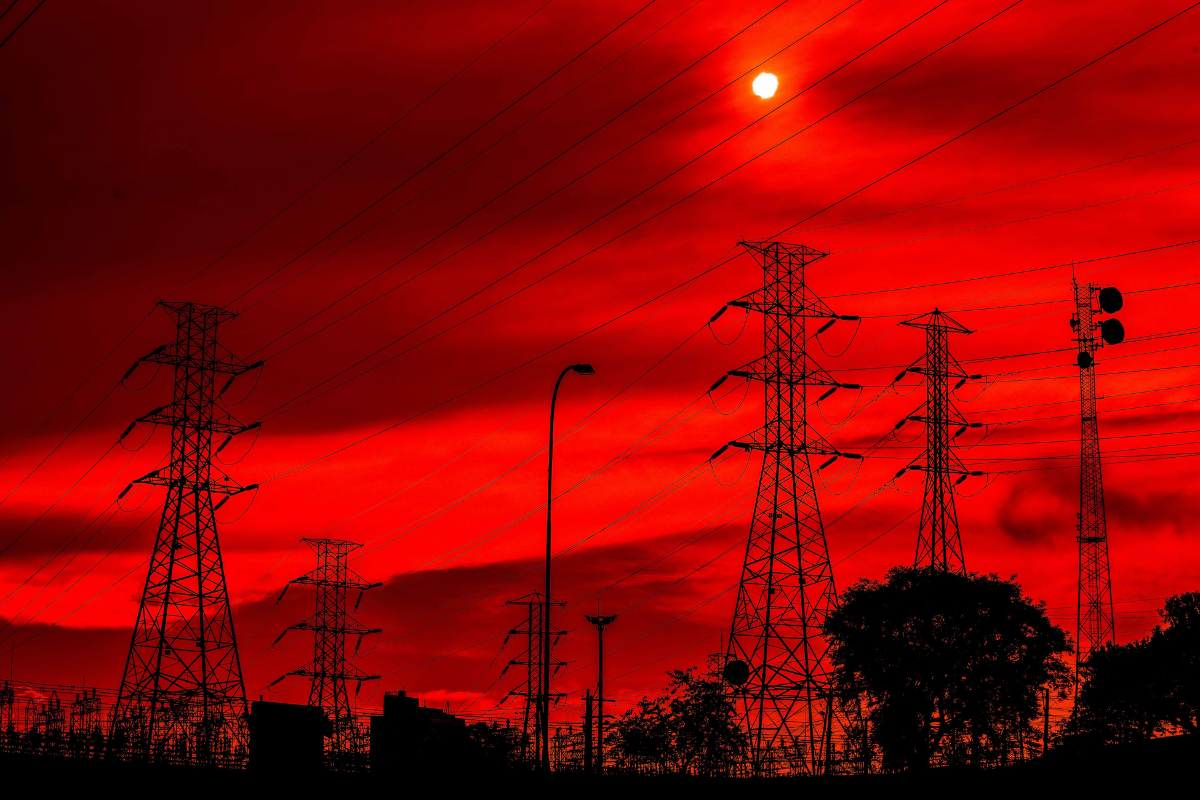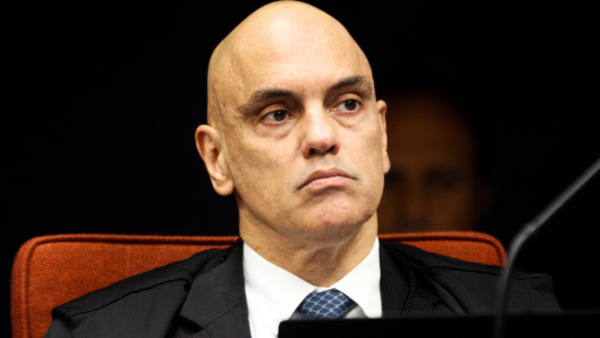Brazil experienced eight heatwaves in 2023, according to the National Meteorology Institute (Inmet).
A small city in the state of Minas Gerais recently recorded Brazil’s hottest temperature ever, while multiple municipalities across the country logged their own all-time highs in November.
With Brazilians cranking up their air conditioners, fans, and dehumidifiers to cope with the heat, the country’s demand for electricity has skyrocketed — especially in the early afternoon when temperatures are highest.
On November 14, Brazil broke its electricity demand record for the second day in a row: more than 100,000 MW at 2:20 pm. “The heatwave that has been affecting much of Brazil has had a direct impact on the demand for electricity,” read a statement from federal agency ONS, which operates Brazil’s national power grid.
The day before, residents of several upscale neighborhoods in São Paulo, Brazil’s most populous city, reported power outages (albeit brief). City officials blamed a system overload. Private company Enel, São Paulo’s electricity provider, said demand in certain regions rose 36 percent from the previous week.
MetSul, a meteorological monitoring company, warned that more power disruptions could occur in the Southeast — Brazil’s financial center — and Center-West regions — the nerve centers of the country’s agribusiness sector. MetSul suggested rolling power cuts in certain regions to prevent massive disruptions.
At the time of the record demand, almost 60 percent of electricity was being supplied by hydroelectric dams, and close to 20 percent by solar plants.
Because demand is still high at night, when solar panels are no longer drawing power, the system must be flexible enough to accommodate the other sources. Alexandre Zucarato, the ONS’s planning director, said in a recent interview that meeting this early evening demand is a “growing challenge” every day.
Unlike most cities in the U.S. or Europe, the amount of sunshine in the majority of Brazilian cities varies little throughout the year. New York, for example, gets less than five hours of sunshine in December, while São Paulo gets more than ten and a half hours of sunshine...


 Search
Search






































